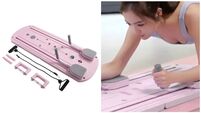Tips to make sure your home survives the cold snap without any costly disasters

This psychological chiller could take days of watch and wait, to safely undo. Keep out of trouble with a few inexpensive investments.

Celebrating 25 years of health and wellbeing








